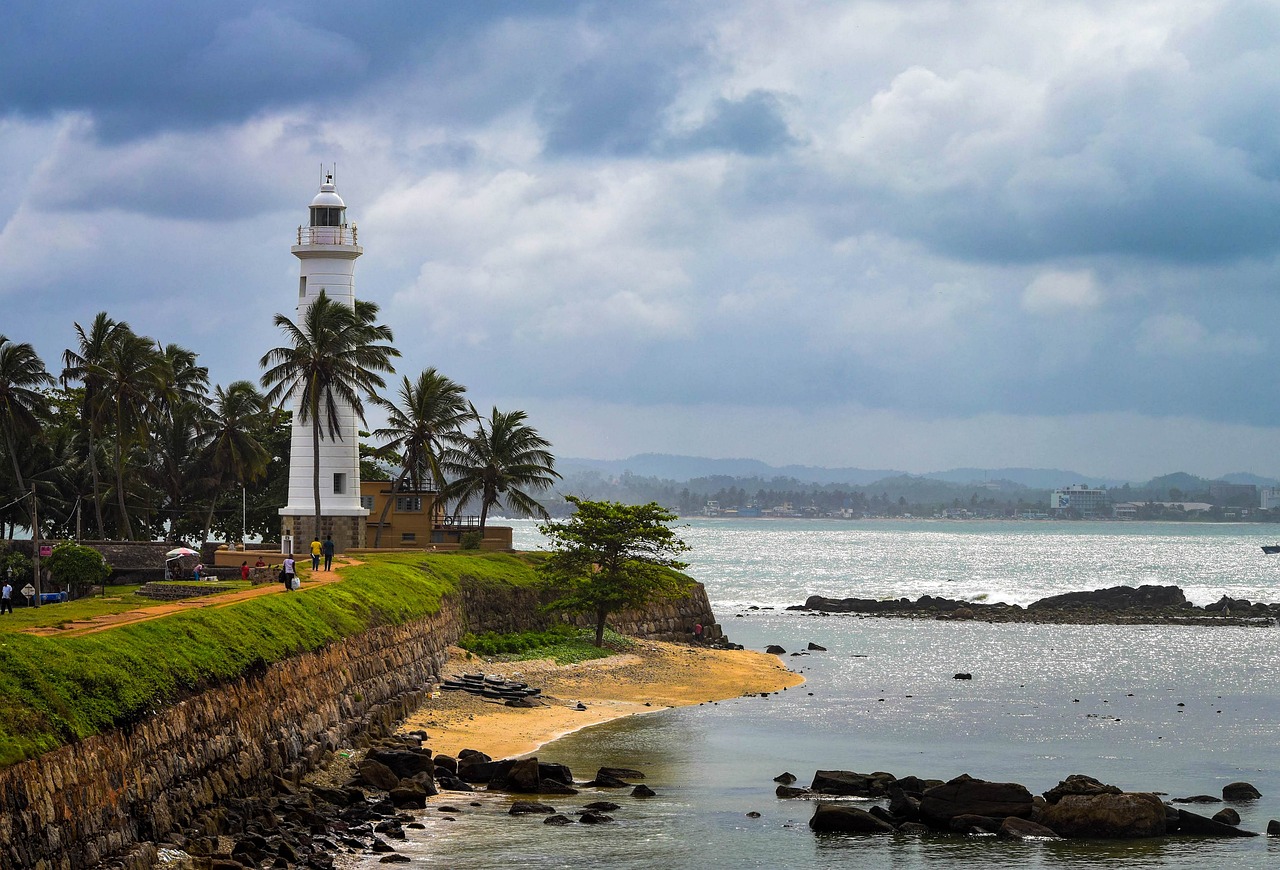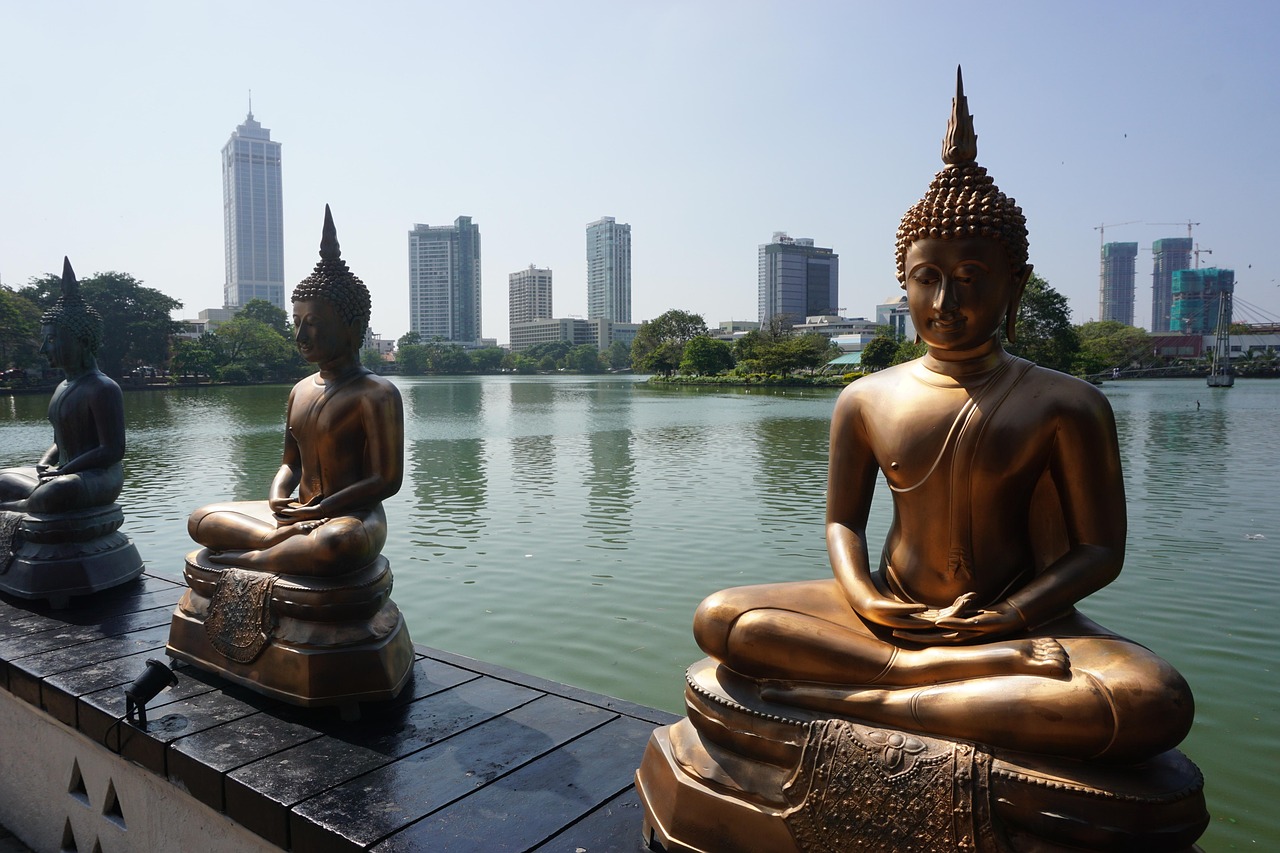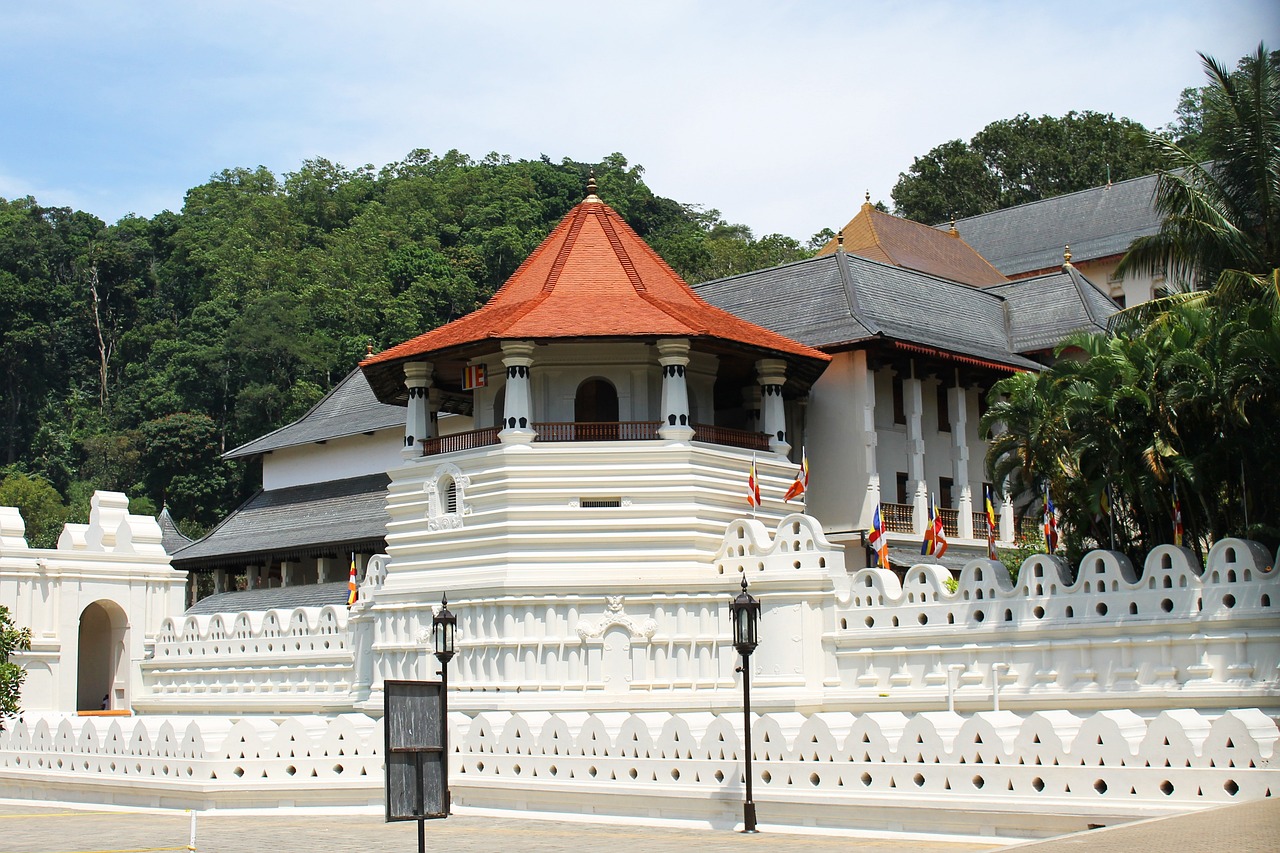Galle, pronounced “gawl,” stands as one of Sri Lanka’s most historically significant and architecturally distinctive cities. Located on the southwestern coast of the island nation, this UNESCO World Heritage Site seamlessly blends colonial heritage with indigenous cultural elements, creating a unique urban landscape that attracts visitors from around the world.
The Historic Port City of Galle
Ancient Origins
Galle’s history stretches back to pre-colonial times when it served as an important trading port. Archaeological evidence suggests that the area was known to Persians, Arabs, Greeks, Romans, and Chinese traders as early as the 2nd century CE. The city’s strategic location made it a natural harbor along ancient maritime trading routes.
The port gained particular prominence during the 14th century as a major hub for the spice trade, especially cinnamon, which grew abundantly in the surrounding regions. Early records indicate that Galle was likely the legendary “Tarshish” mentioned in the Bible, where King Solomon obtained gems and spices.
Portuguese Period (1505-1640)
Galle’s colonial history began in 1505 when a Portuguese fleet, commanded by Lourenço de Almeida, was blown off course by a storm and accidentally landed in the harbor. The Portuguese quickly recognized the strategic value of the location and established a small fort to protect their interests in the lucrative spice trade.
During their occupation, the Portuguese constructed the initial fortifications, including a mud and palisade structure with three bastions overlooking the sea. They named the settlement “Punta de Galle,” possibly derived from the Sinhala word “gala” meaning rock, or from the Portuguese word “galo” meaning rooster.
Dutch Period (1640-1796)
The most significant transformation of Galle occurred during Dutch rule. In 1640, the Dutch East India Company (VOC) captured the fort from the Portuguese after a decisive battle. Under Dutch governance, Galle flourished as a major commercial hub and administrative center for Ceylon’s maritime provinces.
The Dutch substantially expanded and reinforced the fort, creating the impressive structure that largely survives today. Built with granite and coral stone, the fortifications encompass an area of 36 hectares and feature 14 bastions connected by a 3km-long rampart. The construction work was undertaken by African slaves, local laborers, and Dutch engineers over several decades.
Within the fort walls, the Dutch established a planned town following a grid pattern typical of their colonial urban design. They constructed administrative buildings, warehouses, residences, churches, and other civic structures, many of which exhibit distinctive Dutch colonial architectural features including gabled roofs, large windows, and spacious verandas adapted to the tropical climate.
British Period (1796-1948)
When the British took control of Ceylon in 1796, they maintained Galle’s importance initially but gradually shifted their focus to Colombo as the primary port and administrative center. Nevertheless, Galle remained significant, particularly after the construction of a lighthouse in 1848 (rebuilt in 1939) and the development of more modern harbor facilities.
The British added their own architectural elements to the urban landscape while largely preserving the Dutch structures. They established additional civic buildings, judicial courts, and improved infrastructure. The introduction of the railway line in 1894 connected Galle to Colombo, further enhancing its accessibility.
Architectural Heritage
The Fort
Galle Fort represents one of the best-preserved colonial fortifications in Asia. Its design reflects European military architecture adapted to tropical conditions and local materials. The fort’s walls, averaging 12 meters in height and 3 meters in thickness, have withstood centuries of monsoons, wars, and even the devastating 2004 tsunami, which caused minimal damage inside the fortified area despite ravaging surrounding coastal regions.
Key features of the fort include:
- The Main Gate: The primary entrance features the British coat of arms on one side and the Dutch VOC emblem on the reverse.
- The Clock Tower: Added during the British period in 1883.
- The Star Bastion: The largest of the fourteen bastions, offering panoramic views of the harbor.
- The Flag Rock Bastion: Once used to signal ships about dangerous rocks in the harbor approach.
- The Ramparts: Walking along these massive walls provides spectacular views of the sea and the city.
Religious Buildings
The fort area contains several religious structures reflecting the diverse faiths of its inhabitants:
- Dutch Reformed Church (Groote Kerk): Built in 1755 on the site of an earlier Portuguese chapel, this church features distinctive Dutch colonial architecture, ornate pulpits, tombstones with Dutch inscriptions, and original furniture.
- All Saints Anglican Church: Constructed during the British period in Gothic Revival style.
- Meera Mosque: Dating from the 18th century, this mosque incorporates Dutch colonial architectural elements while serving the local Muslim community.
- Buddhist and Hindu temples: Located primarily outside the fort in the newer parts of the city.
Civic and Residential Architecture
The streets within the fort contain numerous examples of colonial-era buildings showcasing a blend of European and Asian architectural styles:
- The Old Dutch Government House: Now partially housing the National Maritime Museum.
- The Old Dutch Hospital: Recently restored as a shopping and dining complex.
- Colonial Residences: Featuring central courtyards, large verandas, ornate columns, and internal wells.
Many buildings display architectural elements specifically adapted to the tropical climate, such as:
- High ceilings for better air circulation
- Large windows with wooden louvers to regulate light and breeze
- Verandas providing shade and outdoor living space
- Internal courtyards creating private, cooled spaces
- Roof designs facilitating rainwater collection
Cultural Significance
Multicultural Heritage
Galle‘s history as a trading port created a remarkably diverse society. The city’s population includes Sinhalese, Tamil, Muslim, Burgher (descendants of European colonists), and various other ethnic communities. This multicultural composition is reflected in the city’s languages, cuisines, festivals, and architectural styles.
The Burgher community, particularly descendants of Dutch colonists, maintained their distinctive cultural identity well into the 20th century. Though their numbers have declined due to emigration, their influence remains visible in local architecture, cuisine, and certain cultural practices.
Maritime Traditions
As a historic port city, Galle developed rich maritime traditions. Local shipbuilding techniques combined European and Asian methods, producing vessels suited to regional waters. Maritime legends, navigational knowledge, and trading practices formed an integral part of local culture.
The expertise of Galle’s harbor pilots was legendary among seafarers, as they skillfully guided ships through treacherous coral reefs into the safety of the natural harbor. This tradition continued well into the modern era.
Arts and Crafts
Traditional crafts flourished in and around Galle, many influenced by colonial interactions:
- Lace making: Introduced by Portuguese women, this craft became a specialty of the region.
- Gem cutting and jewelry making: Utilizing the precious stones found in Sri Lanka’s interior.
- Woodcarving: Incorporating both European and Asian motifs.
- Mask making: Traditional Sinhalese craft practiced in surrounding villages.
Contemporary Galle
Conservation Challenges and Achievements
The inscription of Galle Fort as a UNESCO World Heritage Site in 1988 recognized its exceptional universal value while highlighting the need for conservation. Since then, various initiatives have sought to preserve historic structures while accommodating modern needs:
- The Galle Heritage Foundation works to protect and restore historic buildings.
- Building codes regulate renovations to maintain architectural integrity.
- International organizations have provided technical and financial support for conservation projects.
Challenges remain, including:
- Balancing preservation with development pressures
- Managing tourism impacts
- Addressing infrastructure needs without compromising heritage
- Climate change and rising sea levels threatening the coastal fort
Tourism and Economic Development
Tourism has emerged as a major economic driver for Galle in recent decades. The city attracts history enthusiasts, architecture lovers, and travelers seeking authentic cultural experiences. Boutique hotels, restaurants, art galleries, and shops have proliferated within the fort area, often occupying restored historic buildings.
The Galle Literary Festival, established in 2007, has become an internationally recognized event drawing authors and literary figures from around the world. This and other cultural events have positioned Galle as a center for arts and literature in Sri Lanka.
Living Heritage
Unlike many historic sites that function primarily as open-air museums, Galle Fort remains a living community where residents continue everyday activities amid historic surroundings. Schools, government offices, courts, shops, and homes operate within centuries-old buildings, creating a dynamic urban environment where history and contemporary life intertwine.
Natural Environment
Geographic Setting
Galle occupies a rocky peninsula jutting into the Indian Ocean, with the historic fort situated at its tip. The natural harbor, though smaller than Colombo’s, provided excellent shelter for ships during the southwestern monsoon season. Surrounding the city are scenic beaches, lush tropical vegetation, and cinnamon plantations that once formed the backbone of the regional economy.
Climate and Environmental Considerations
The region experiences a tropical climate with distinct wet and dry seasons. The monsoon period brings heavy rainfall between May and September, historically determining shipping patterns. The abundant precipitation supports rich biodiversity in the surrounding areas, including diverse coastal ecosystems.
Climate change poses significant threats to Galle’s coastal location. Rising sea levels and increased storm intensity could potentially impact the historic fortifications and low-lying areas of the city. Conservation efforts now include considerations of climate resilience and sustainable adaptation strategies.
Conclusion
Few places in the world embody such a rich confluence of cultures, architectural traditions, and historical narratives as Galle. Its remarkably preserved urban landscape offers tangible connections to centuries of international maritime commerce, colonial administration, and cultural exchange. As Sri Lanka continues its development path, Galle stands as a testament to the value of preserving heritage while embracing change.
The city’s evolution from ancient trading port to colonial stronghold to contemporary cultural center demonstrates how historic urban spaces can remain relevant and vibrant across centuries. Its UNESCO recognition acknowledges not just the physical structures but the ongoing cultural practices and living traditions that make Galle more than simply an architectural relic.
For visitors and residents alike, Galle offers a unique opportunity to experience history not as a distant academic subject but as a lived reality where past and present coexist in harmonious dialogue. In this sense, Galle represents not just Sri Lanka’s colonial past but also its multicultural identity and creative engagement with history—a model for heritage conservation in the 21st century.
Submit your review | |


